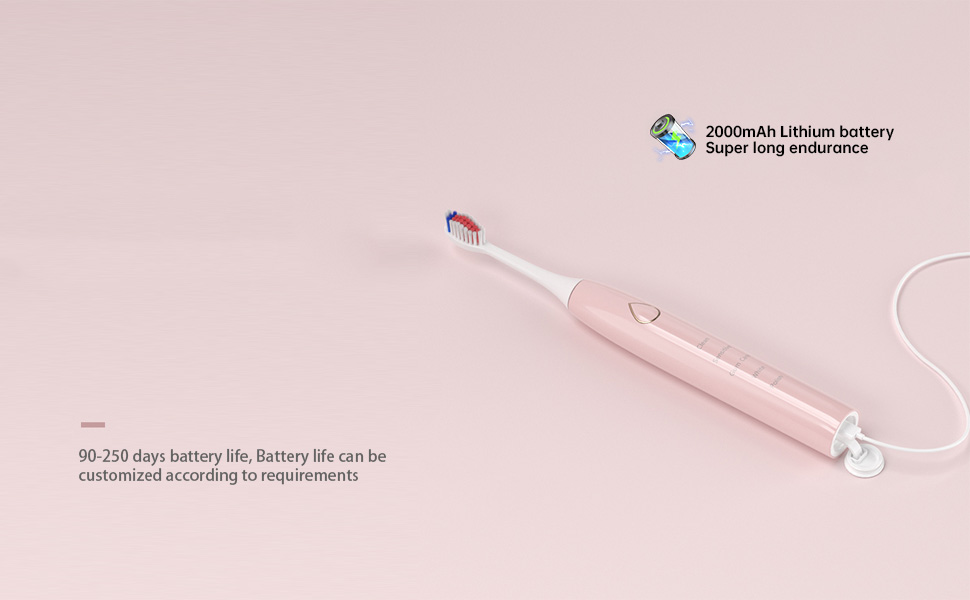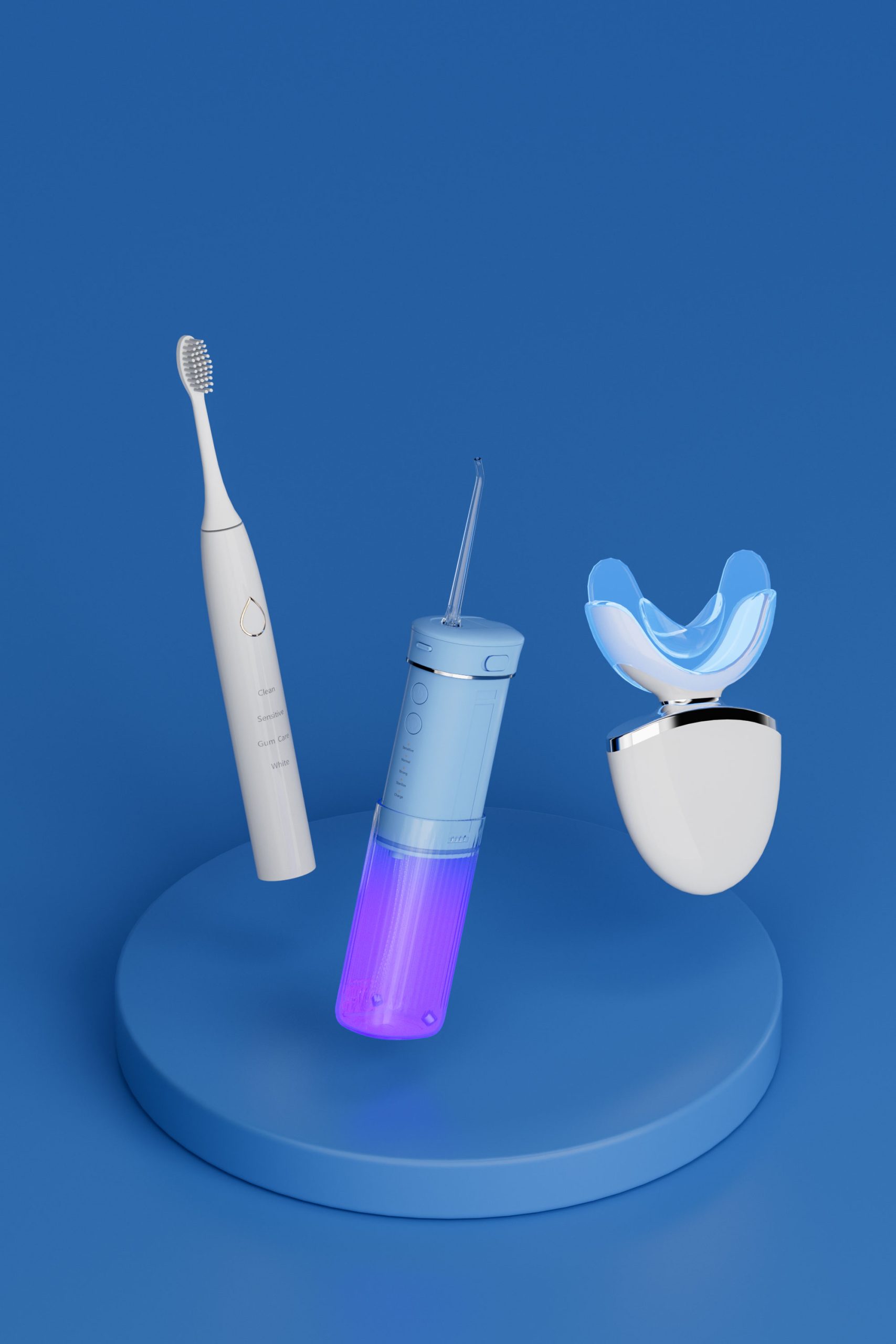In the world of personal care appliances and handheld devices, ergonomic discomfort has emerged as a silent but persistent issue affecting user satisfaction. One common consequence that arises from poor design is grip fatigue, especially during prolonged or repetitive use. When these two factors interact, the result is often diminished performance, negative user feedback, and elevated product returns—raising important questions for manufacturers and OEM partners alike.
Ergonomic discomfort typically stems from poor alignment between the product’s shape and the user’s natural hand posture. Causes include:
Such discomfort doesn’t just affect comfort—it actively leads users to overcompensate with tighter gripping force, setting the stage for grip fatigue.
Grip fatigue refers to the muscular exhaustion that results from sustained hand contraction. In electric toothbrushes, oral irrigators, or grooming tools, this can manifest as:
Grip fatigue is especially concerning for older adults or users with pre-existing joint issues, amplifying the urgency of ergonomic precision. Company web:https://www.powsmart.com/product/electric-toothbrush/
The relationship is causal and compounding. When a device is uncomfortable to hold:
In short, ergonomic discomfort doesn’t just cause grip fatigue—it worsens it through a feedback loop of physical strain and frustration.
For B2B manufacturers and product developers, early-stage design evaluation is crucial. Telltale signs of ergonomic flaws include:
User testing involving diverse hand sizes, grip strengths, and holding styles during product trials can expose latent issues before they scale.
To combat both ergonomic discomfort and grip fatigue, manufacturers can adopt these improvements:
For powered devices, vibration dampening and silent motors also help reduce muscle tension indirectly.
Buyers sourcing private label or OEM personal care products should prioritize ergonomics during selection. Products that feel good to use are:
Providing ergonomic data sheets or certification claims (e.g., tested for grip comfort by third-party labs) can further support differentiation in competitive B2B environments.
In consumer electronics and personal care appliances, ergonomic discomfort and grip fatigue are not just user inconveniences—they’re indicators of design decisions that require refinement. B2B manufacturers who proactively address these issues can deliver longer-lasting, more comfortable products that users will trust in their daily routines. After all, performance isn’t just in the motor—it’s in the feel. Contact us
.jpg)
.jpg)
Can One Device Fit All Needs?

How to Select One Type of Suitable Dental Irrigator?
Smart Connected Toothbrush OEM | Custom Tech Oral Care

Benefits of Travel-Sized Oral Care Products

Oral Care Design for Women: Women Are the Main Consumers of the Oral Care Market
Uneven Whitening Results: Is Enamel Damage Related to Improper Frequency Settings?
.jpg)
A Complete Analysis of the Electric Toothbrush OEM Shell Process: ABS vs PP vs Bio-Based Materials, How to Choose?

The Best Tool for Cleaning Your Mouth: Electric Toothbrush or Water Flosser?

Electric Toothbrush Factory – Tell You the Proper Way to Brush Your Teeth
.jpg)
How Brands Can Achieve Higher Margins with Premium Water Flossers
Gingival Burns Alongside Cervical Hypersensitivity – Urgent?

Development Guide for Long-Endurance Electric Toothbrushes: How Can Long Battery Life Become a Standard Feature in the High-End Market?

Benefits of Red & Blue Light Technology in Professional Teeth Whitening Kits

Is an Under 50dB Brush Quiet Enough as an Apartment Living Toothbrush?
.jpg)
Smart Electric Toothbrush Manufacturing: How to Choose the Best OEM Partner

Is Blue Light Under 480nm Safe for Teeth Whitening Devices?

electric toothbrush heads Charcoal Infuse-Round

electric toothbrush heads Deep Clean

electric toothbrush heads Regular Clean
.jpg)
Florida Electric Toothbrush – Powsmart PTR-C8

Electric toothbrush heads Charcoal Infused-Diamond

Customization Teeth Whitening Gel

Private Label Whitening Gel

electric toothbrush heads Ultra Soft
whstapp
whstapp
National Toll-Free Service Hotline
+86 755 86238638